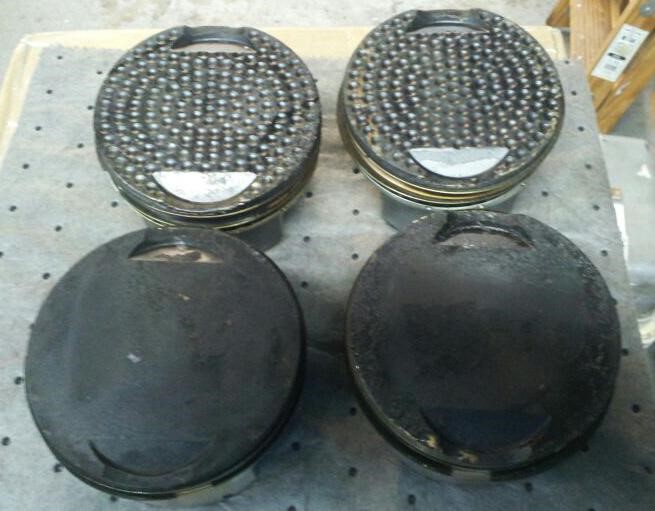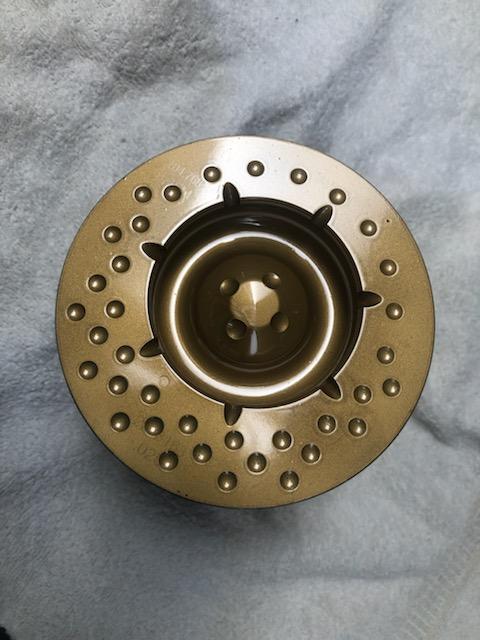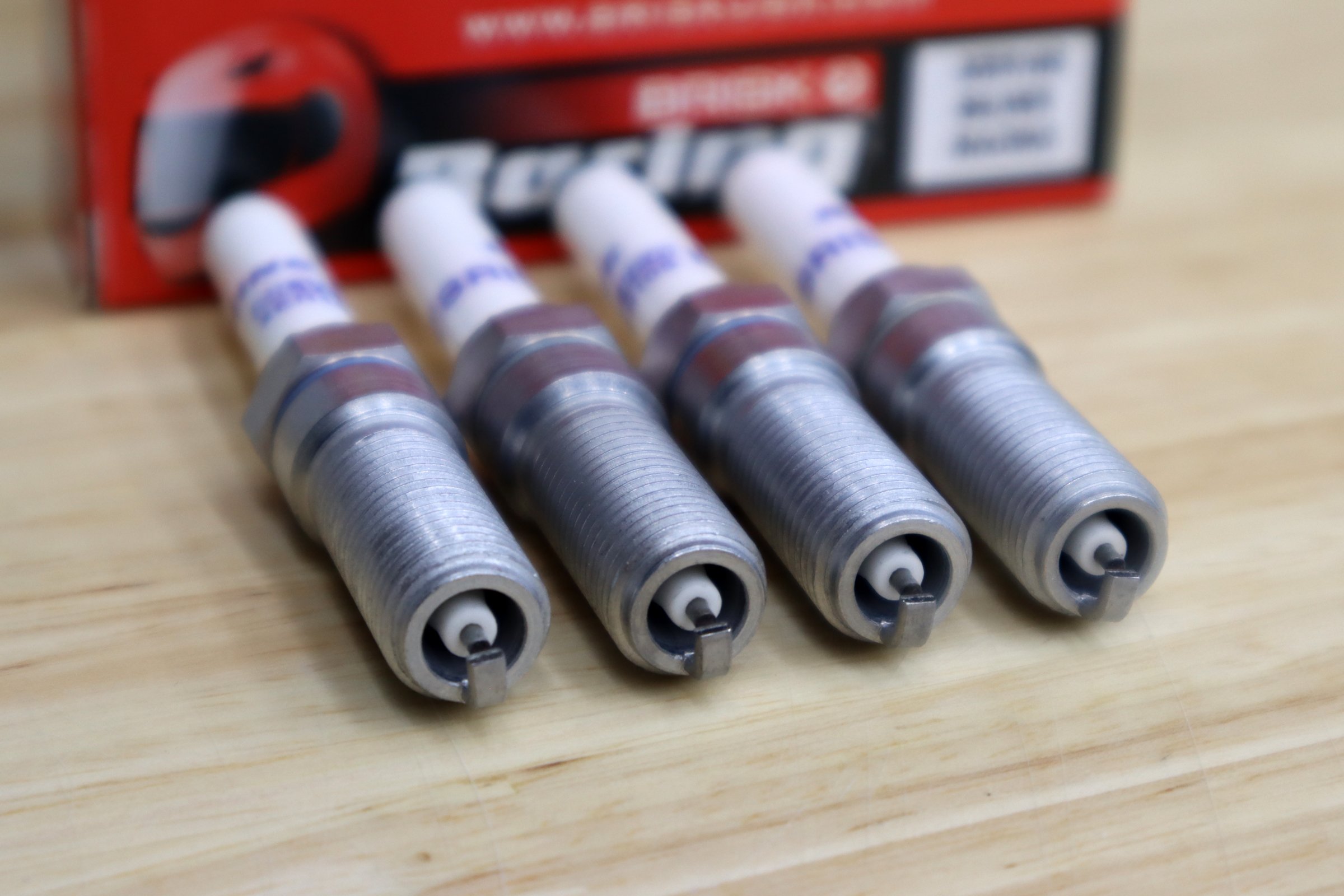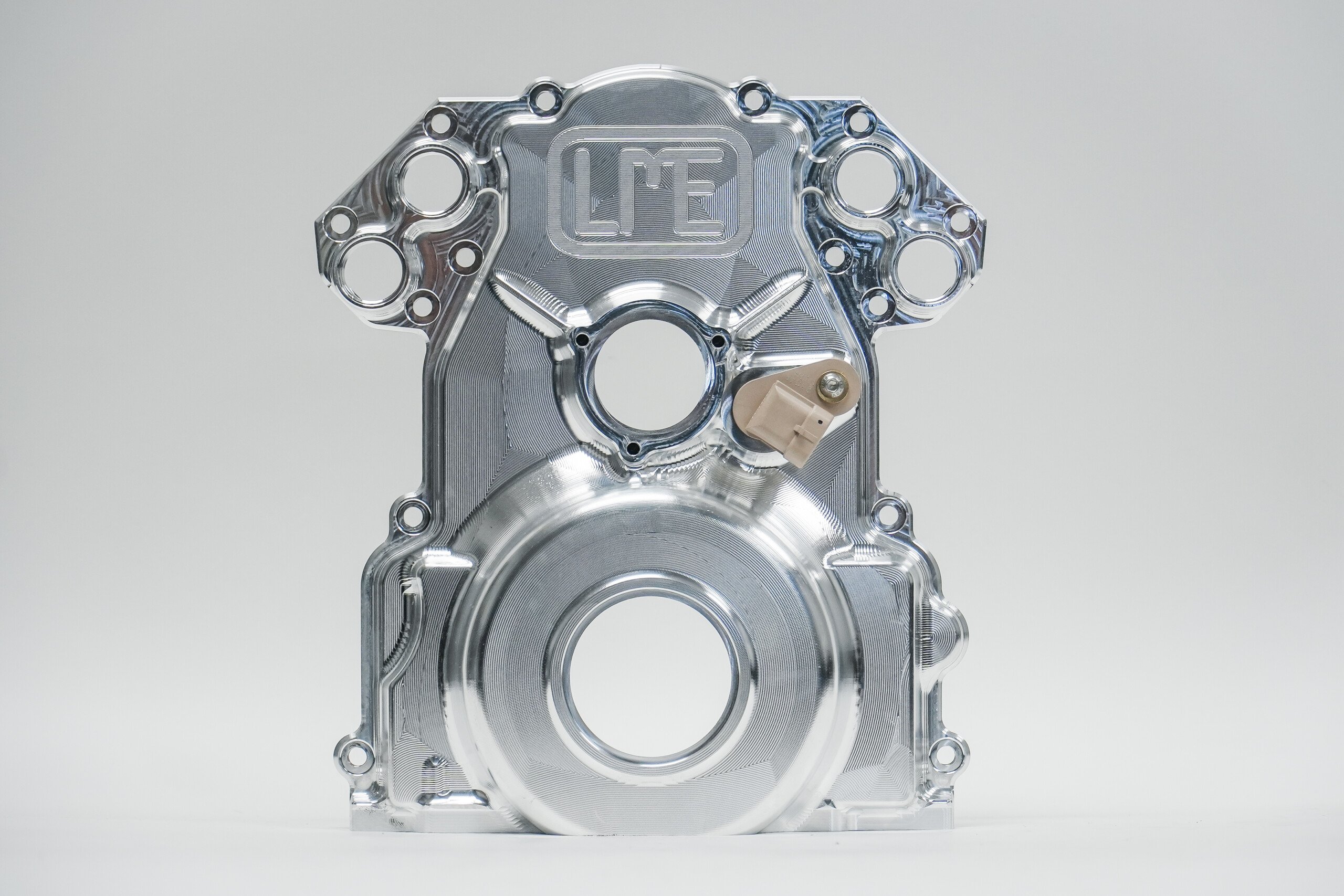Over the past couple of decades, much has changed in the diesel performance industry. Increasingly stringent emissions standards have come to fruition, posing quite the challenge for OEMs seeking to bring their various engines into compliance. For the vast majority of manufacturers, these challenges have been met through the implementation of engine-specific after-treatment systems.
By most accounts, the results of such efforts have been mixed. Though NOx emissions have been significantly cut, doing so has come at a substantial cost. Once reliable engines are now plagued by all-too-frequent regen issues, with significant downtime coming as a result. This has posed a number of issues for motorists and fleet owners alike.
In a bid to rectify issues of the like, Speed of Air Engine Technologies’ has pioneered and patented an innovative solution to slashing emissions output at the source. This technology involves fitting a diesel engine with specialty pistons, which feature a textured surface reminiscent of the dimpling found on a golf ball. The use of these pistons is said to promote more complete combustion, increased performance, reduced fuel consumption, and drastically reduced NOx emissions, as a result.
Twenty-Years Of Development
The development of SOA’s patented piston treatment did not take place overnight. Quite the contrary, the design of the company’s pistons actually came as the result of two decades worth of experimentation by SOA’s Technical Director, Joe Malfa.
While most within the industry were focusing their attention on neutralizing NOx emissions during their downstream travel through an engine’s exhaust system, Malfa’s efforts centered around refining engine combustion efficiency as a whole. However, putting this vision into play, took a fair share of trial and error.
“We did a lot of different designs in the beginning”, said Malfa. “The goal was always to keep fuel in suspension long enough to prevent it from turning back into liquid. Our treatment provides uniformity to the piston’s flame front, leading to greater combustion efficiency.”
With time, Malfa settled upon the dimpled texture that is now standard atop the head of SOA’s treated pistons. Upon closer inspection, these dimples vary from one another in size, as they span the diameter of the piston head itself.
This design proved to be most effective at creating adhesion between the piston and its accompanying flame front, thereby slowing burn time and preventing the outlying edges of the flame front from extinguishing in a premature fashion. This, in turn, correlates to less internal carbon build-up, reduced NOx output, and enhanced power production per combustion event.
Limitless Potential
Chris Parkhurst, Speed of Air’s Managing Director, is currently spearheading efforts to bring the company’s new technology to the masses. Parkhurst joined Joe Malfa at SOA, following a noteworthy stint with Cashman Caterpillar Inc. During his time at Cashman, Parkhurst witnessed the virtues of Malfa’s newly designed pistons, from a first-hand perspective.
It was during this time that Parkhurst was involved in building sister 3516 CAT engines, intended for use in mine haul trucks. One of these two engines was fitted with stock Caterpillar pistons, while the other featured SOA treated pistons of Malfa’s design. All other components were shared between both engines.
“In this particular application, the service life of most CAT 3516 engines was around 12,000-13,000 hours,” said Parkhurst. “At that point, the majority of 3516 engines began to experience top-ring related issues, due to carbon build-up.”
The results of this testing proved quite impressive, as the 3516 CAT equipped with SOA’s proprietary pistons logged 18,000 hours, with no significant issue, before being torn down for further analysis. It was at this point that the true value of SOA’s treated pistons became clearly evident.
“After 18,000 hours, the engines were torn down and inspected by a pair of CAT-Certified failure analysis technicians. One technician estimated that the main bearings found in the SOA piston-equipped 3516 had 40-percent service life remaining, while the other technician estimated the bearings to have a remaining service life of 50-percent,” said Parkhurst.
Much of this reduction in wear was attributed to the minimization of soot produced during combustion, by the 3516 CAT that housed Malfa’s treated pistons.“Oil samples taken from both engines over their service life revealed a 55-percent average reduction in soot, between the standard 3516, and the 3516 CAT featuring treated pistons,” Parkhurst stated.
Substantial increases in engine performance have also been observed during testing conducted on diesel engines found in domestic pickups. Recent dyno testing of a 2002 7.3-liter Power Stroke-equipped Ford, conducted by Tim Anderson at T&A Performance in Reno, Nevada, illustrated this point quite vividly.
This engine, when fitted with SOA pistons, as well as a mild camshaft, Garrett turbocharger, and upgraded 238cc injectors, produced 565-hp and 1,304-lb-ft. of torque. Even more impressive is the fact that this increase in performance was achieved without negatively impacting engine emissions. Further analysis revealed that the modified Power Stroke operated with an average opacity of 4.41 percent, NOx average of 360.33 ppm, oxygen average of 16.77-percent, and CO2 average of 2.42-percent. This was accomplished without the use of any after-treatment devices or emissions equipment.
Perhaps most impressive, is the fact that the advantages associated with this technology appear to be universal, not only in diesel engines but in gasoline and natural gas-powered internal combustion engines as well. In fact, Malfa’s original design was pioneered through experimentation with V-Twin motorcycle powerplants.
Furthermore, this patented treatment can also be utilized in an engine’s intake manifold and turbo, thereby further enhancing engine performance. “We have observed an increase in boost in pressure and a reduction in spool-up time when applying this textured surface treatment to turbos in various applications,” said Parkhurst.
The Answer To A Troubling Dilemma

Comparison of Standard vs SOA Pistons pulled from a V-Twin motorcycle engine during initial design testing. Both sets of pistons had endured approximately 35,000 miles of use.
As the diesel industry as a whole continues to struggle with a host of emissions-related issues, Chris Parkhurst feels that his team at Speed of Air has a worthy solution at the ready. “Diesel is the most energy-dense fuel we have,” says Parkhurst. “Our lives depend on industry, and industry depends on diesel. What I am offering is a way to have your cake, and eat it too.”
Parkhurst expresses his desire to provide the industry the means to resolve the issue of non-compliant emissions production, rather than simply masking it through the use of various after-treatment systems. “The answer is to take care of it at its source, in the combustion chamber, and to do it right now.”
When asked to summarize his thoughts toward the potential role of SOA’s new technology within the diesel market, Parkhurst’s answer is quite simple and straightforward. “End users are winning and so is our environment. People need better performance and need better fuel mileage without sacrificing the environment. We have a way of giving them both.”





